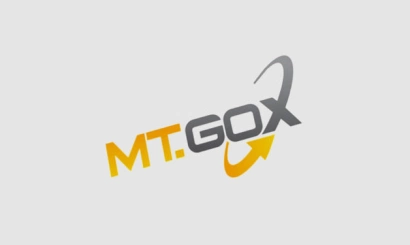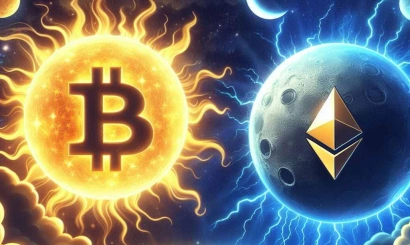New Ethereum Strategy. Changes in the development plans
Vitalik Buterin presented an updated roadmap for the development of the leading altcoin. Experts explained why the project team added innovations and what problems they will help solve
Ethereum founder Vitalik Buterin presented an updated roadmap for the network's development. The roadmap consists of 6 steps:
The Merge - the transition from the Proof-of-Work (mining) protocol to the Proof-of-Stake (stacking) algorithm, which was launched on September 15 this year.
The Surge is an update that should solve the scalability problem and increase network throughput to 100,000 transactions per second.
The Scourge - a new phase added to address the issue of excessive centralization and transaction censoring.
The Verge - a change aimed at simplifying block validation and increasing anonymity.
The Purge - simplifying the protocol itself and reducing the cost of blockchain transactions.
The Splurge - the last phase, which has so far been described as "fixing everything else."
According to Buterin, the updated Ethereum future development map includes major changes, such as the suppression of censorship by MEV bots and the introduction of zk-SNARK technology. In addition, the developers plan to switch to technology that protects the asset from the threat of hacking by "quantum computers." Experts explained to soft4bro.com what these innovations mean and how they will affect the ecosystem.
The problem of censorship
The main objective of the new added to the Ethereum roadmap stage The Scourge is to make the Ethereum network more resistant to transaction censorship, ENCRY Foundation co-founder Roman Nekrasov explained. According to him, these changes will address the problem of the growing share
of censored blocks in the Ethereum network (recorded by validators that comply with the requirements of the U.S. Office of Foreign Assets Control - OFAC).
The expert drew attention to the fact that a few days ago the share of such transactions exceeded 73%, and this is already a frightening trend. The Ethereum team will have to somehow cope with what they themselves created in the first phase of this updated roadmap, The Merge, Nekrasov believes.
He noted that the goal of The Scourge is to "ensure reliable and fair inclusion of reliably neutral transactions, avoiding centralization and other risks coming from MEVs. At issue is the dominance of Flashbots' MEV-Boost relay system - quite a centralized entity, the specialist said.
He explained that this software prevents questionable transactions, such as those associated with the Tornado Cash mixer. Actually, that's the main challenge for the team today - the dramatic increase in censorship on the Ethereum network.
MEV bots that comply with U.S. sanctions "discard" blocks with transactions associated with sub-sanctioned addresses, making it impossible to put those transactions into the blockchain, no matter how high a commission might be assigned. Such programs have become popular among validators because they effectively select those transactions that can generate the most revenue. The number of transactions rejected by such programs can be monitored in real time using the MEV Watch tool.
Anonymity technologies
Another important change will be the introduction of zk-SNARK technology. This is a zero-disclosure protocol, literally compressed non-interactive zero-knowledge argument, Nekrasov explained. According to him, this protocol allows to perform transactions without any disclosure of any meaningful information (addressee, sender, size of payment).
The protocol itself was developed by researchers from the Massachusetts Institute of Technology (MIT) back in the 80s, these were the future founders of the Zcash coin, the expert said. He noted that this particular cryptocurrency already has zk-SNARK technology, which is why it is considered anonymous. According to Nekrasov, as a result of implementing zk-SNARK, Ethereum validators simply won't be able to detect transactions that went through questionable addresses.
Asset Reliability
The changes envisioned by the new Ethereum roadmap will progressively address a number of current problems that developers are aware of, said Artem Deyev, head of analytics at AMarkets. According to him, in addition to leaving the U.S. and EU sanctions, another important issue was to improve the reliability of Ethereum.
Further development of the network involves creating a tool for investors who are now moving away from risk due to the global recession, the analyst said. He explained that ETH should become a more predictable asset, guaranteeing certain growth parameters to investors, despite the volatility of the markets at the moment.
More news about cryptocurrencies you will find in our telegram channel soft4bro.com
- Investors sue cryptocurrency exchange Gemini for fraud
- Mango Markets hacker arrested in Puerto Rico
- Argo Blockchain asked Nasdaq to suspend stock trading
- FTX invested $200 million of client funds in two crypto projects
- Alameda's cryptocurrency wallets came to life after Sam Bankman-Fried's bailout
- MicroStrategy has bought 2,500 bitcoins for $45 million

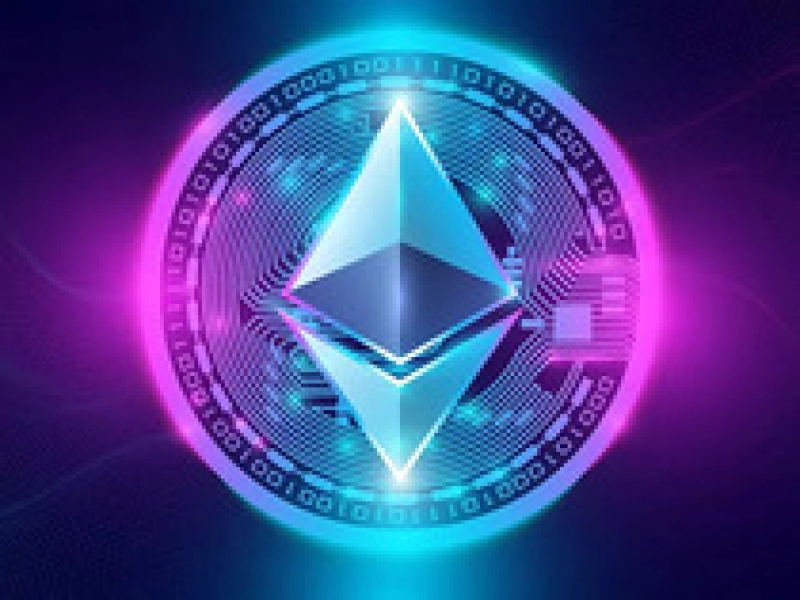
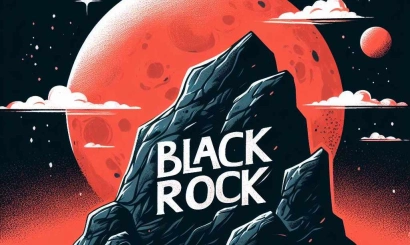
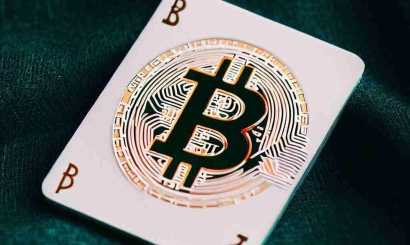
_410x245_00e.webp)

